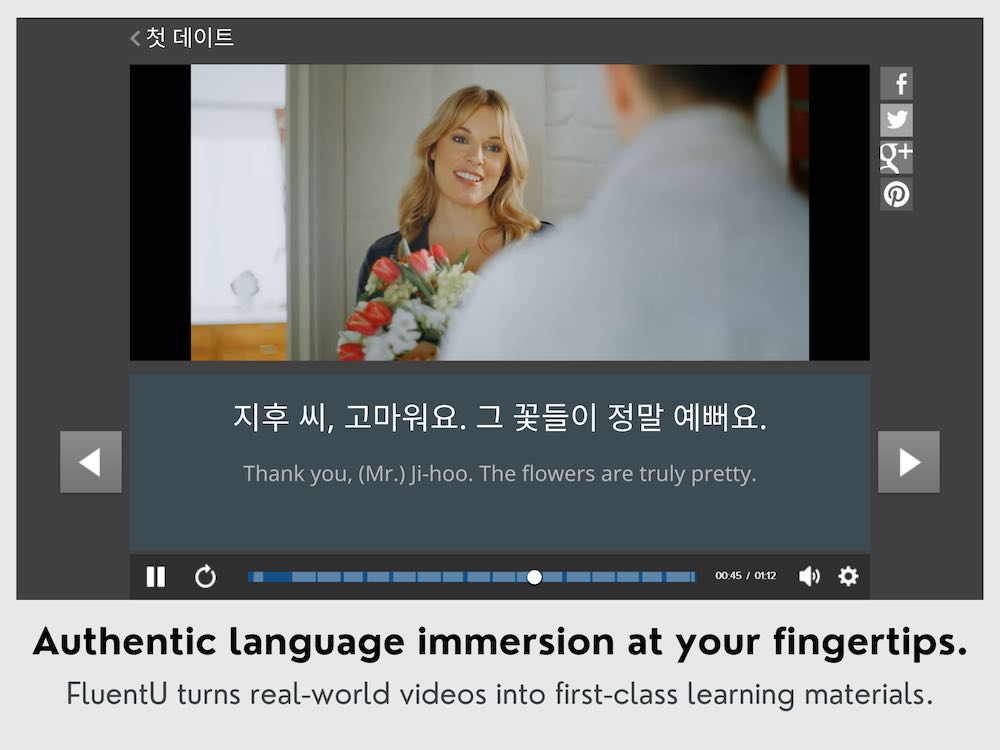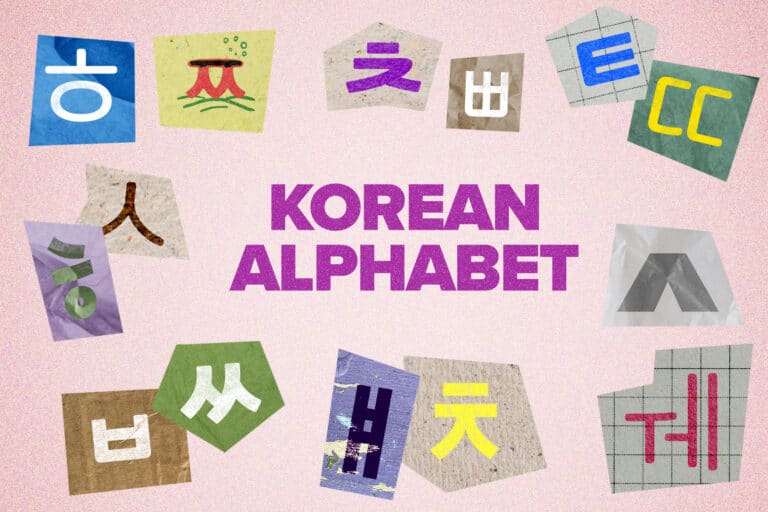15 Frequently Used Korean Prepositions

Prepositions are an essential part of the Korean language. Having a good understanding of them will help you to improve your comprehension, and to construct more complex sentences.
In this guide, I’ll explain how prepositions work in Korean, and give you some examples of some of the most common ones.
Download: This blog post is available as a convenient and portable PDF that you can take anywhere. Click here to get a copy. (Download)
What Are Prepositions in Korean?
Korean prepositions are called 조사. They’re quite different from English ones.
Firstly, the word “preposition” isn’t completely accurate. In English, prepositions are words that describe the relationship between words in a sentence. They usually come before nouns or noun phrases, and they can specify direction, location and time. They may also introduce a new item within the sentence that will have an association with something else in the sentence. They’re words such as “after,” “at,” “in,” “to,” “from” and so on.
Korean prepositional terms actually come after the noun and before the verb, so they’re more like postpositions.
Secondly, using Korean prepositions has an extra step: the inclusion of particles. Particles are a critical aspect of Korean grammar–indeed, you may even say the entire scaffolding of a Korean sentence consists of particles. They’re added after the prepositional term so that the relationship is clearly defined.
6 Most Common Types of Korean Particles | FluentU Korean
Learn the most common Korean particles. This guide introduces 은/는 (topic particles), 이/가 (subject particles), 을/를 (object particles), 와/과/랑/이랑/하고…
The particles typically used are:
- 에 – to describe a fixed time or location. Can also be used as a preposition similar to “to” or “at”
- 으로 – to describe direction or a “towards” movement. Can also be used as a preposition similar to “at” or “by”
- 에서 – to describe the when or where of an occurring action. Can also be used as a preposition similar to “from”
Sometimes, if the context of a sentence provides enough clarification, you may not need to include a particle.
There’s some good news: In total, there are fewer Korean prepositions than English ones!
But… there’s a slight catch.
Several prepositions can take on and imply more than one kind of relationship. Two prepositions can technically mean the same thing, but must be used in different contexts depending on the relationship.
This is better explained through examples, so let’s take a look at some of the most common Korean prepositions and how they would be used. Also keep an eye out for those particles that trail after the prepositions!
And be sure to check out our complete Korean grammar guide for an overview of other important lessons like this one:
The Complete Guide to Korean Grammar | FluentU Korean Blog
If you’re feeling daunted by Korean grammar, don’t worry. This guide has everything you need to know to get started with grammar in Korean. From information about sentence…
The Most Common Korean Prepositions
1. 근처 – near
난 네 근처에 있어.
– I am near you.
학교 근처에 있어요.
– It is near the school.
2. 왼쪽 – left
약국은 왼쪽에 있습니다.
– The pharmacy is to your left.
왼쪽으로 가세요.
– Go to the left.
3. 오른쪽 – right
지하철역은 오른쪽에 있습니다.
– The train station is to the right.
오른쪽으로 가세요.
– Go to the right.
4. 옆 – next
제 반려견이 제 옆에 있습니다.
– My dog is next to me.
표지판 옆으로 가세요.
– Go next to the sign.
5. 앞 – in front of
제 앞으로 가 주실 수 있나요?
– Can you go in front of me?
차가 내 앞에 있어.
– The car is in front of me.
6. 뒤 – behind
제 뒤에 누군가 있나요?
– Is someone behind me?
저 상자를 제 뒤로 밀어주실 수 있나요?
– Can you push that box behind me?
7. 안 – in, inside
안 is the general prepositional term for “inside,” especially when describing a specified location or space.
내 친구가 집 안에 있어.
– My friend is inside the house.
선물은 가방 안에 있어요.
– The gift is in the bag.
8. 속 – among, within
While 속 can be translated to also mean “inside,” it can more specifically suggest “within” or “surrounded by.” It’s also commonly used to describe a more metaphorical or symbolic “inside.”
우리는 군중 속에 있습니다.
– We’re within the crowd.
마음속으로 기뻐하고 있어요.
– I am happy in my heart / I have happiness in my heart.
9. 밖 – outside
자전거가 밖에 있나요?
– Is the bicycle outside?
게임은 밖에서 진행되고 있습니다.
– The game is taking place outside.
10. 위 – on, above, atop
While it could translate to the English preposition “on,” 위 is used to specifically express that something is atop or over something else.
병이 스토브 위에 있습니다.
– The bottle is above the stove.
열쇠가 테이블 위에 있어요.
– The keys are on/atop the table.
11. 아래 – under, beneath
아래 is a broader suggestion of “under.” Simply put, it’s expressing that an item is occupying a space below something else, whether or not the two are actually physically close.
땅은 하늘 아래 있습니다.
– The land is under the sky.
나는 아래층 방에서 자.
– I sleep in a room downstairs.
12. 밑 – under, beneath
밑 is the more “grounded” version of “under.” It more explicitly suggests that something is on the bottom of something else.
편지는 컵 밑에 있어요.
– The letter is under the cup.
차 밑으로 들어갈 수 있나요?
– Can you go under the car?
13. 건너편 – across
길 건너편으로 가세요.
– Go across the street.
쇼핑몰은 역 건너편에 있어요.
– The mall is across the station.
14. 가운데 – (in the) middle
가운데 의자로 가실 수 있나요?
– Can you go to the chair in the middle?
그 물건은 가운데에 있어요
– That merchandise is in the middle/center.
15. 사이 – between
티켓은 책 사이에 있습니다.
– The ticket is between the books.
그 접시를 그릇 사이에 놓아 주시겠어요?
– Can you put that dish between the bowls?
To see these key Korean prepositions used in context, you could try the language learning program FluentU.
FluentU takes authentic videos—like music videos, movie trailers, news and inspiring talks—and turns them into personalized language learning lessons.
You can try FluentU for free for 2 weeks. Check out the website or download the iOS app or Android app.
P.S. Click here to take advantage of our current sale! (Expires at the end of this month.)
If you want to understand something in Korean, then you’ll have to wait to hear or read the entire sentence. Prepositions are just another reason for this rule.
But when you become aware of context, I think you’ll find that Korean prepositions aren’t too hard to figure out!
Take a good look at the explanations and examples in this post. Then put what you’ve learned into practice!
And One More Thing...
If you enjoyed this post, you're already halfway to having the time of your life learning Korean with FluentU!
FluentU makes it possible to learn with K-pop videos, funny commercials, entertaining web series and more. Just a quick look will give you an idea of the variety of FluentU videos on offer:
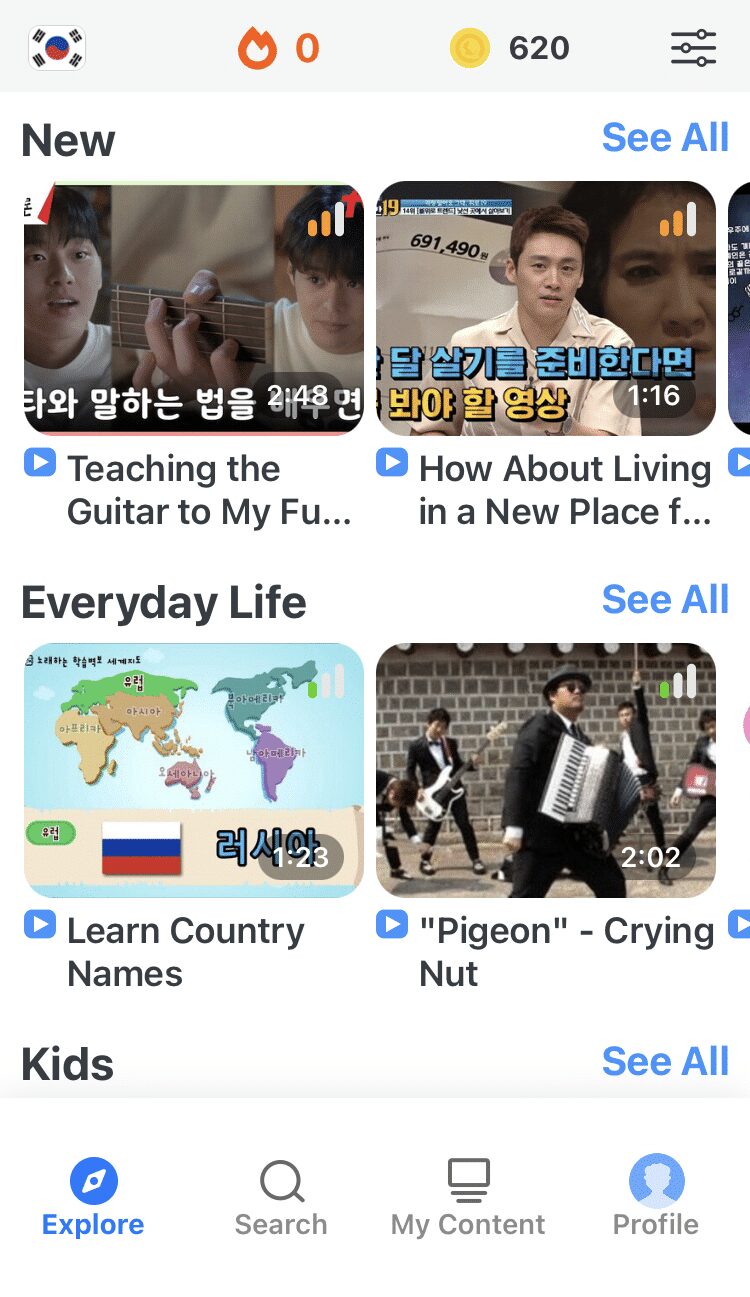
FluentU really takes the grunt work out of learning languages, leaving you with nothing but engaging, effective and efficient learning. It's already hand-picked the best videos for you (which are organized by level and topic), so all you have to do is simply choose any video that strikes your fancy to get started.
Each word in the interactive captions comes with a definition, audio, image, example sentences and more.
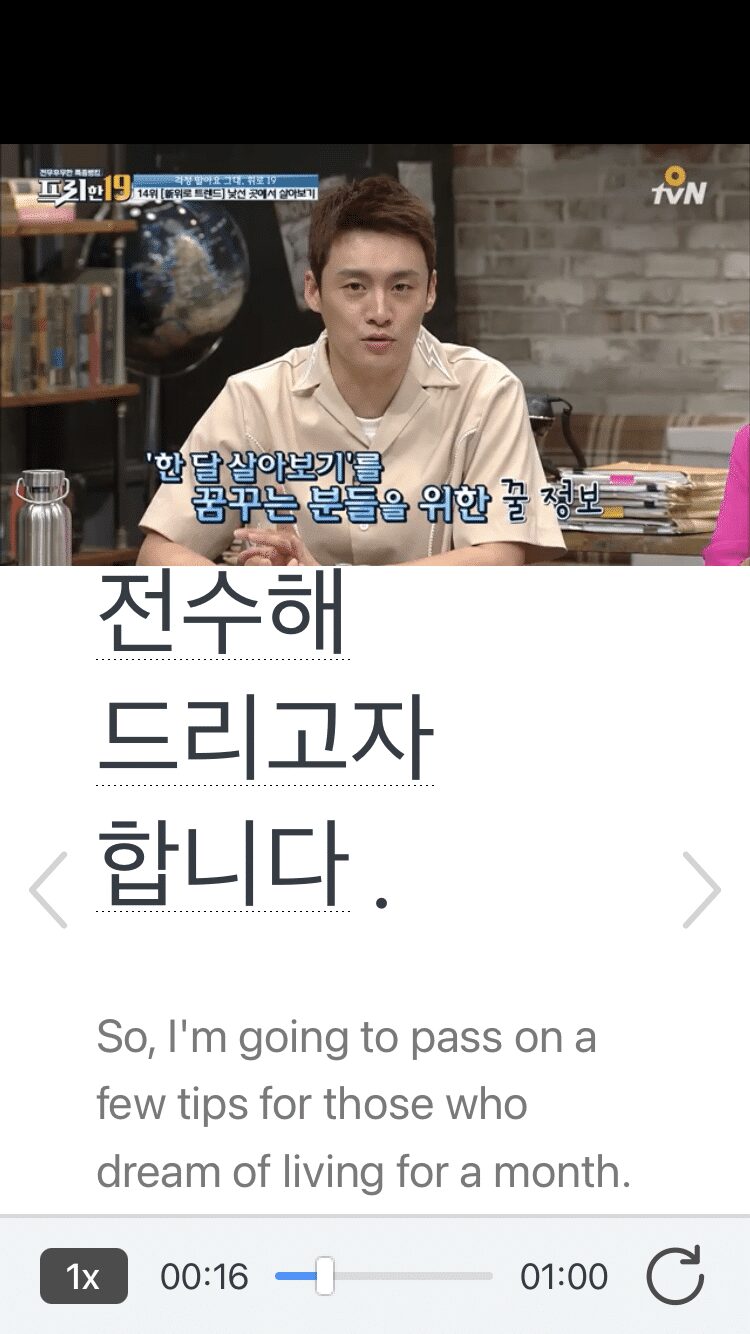
Access a complete interactive transcript of every video under the Dialogue tab, and easily review words and phrases from the video under Vocab.
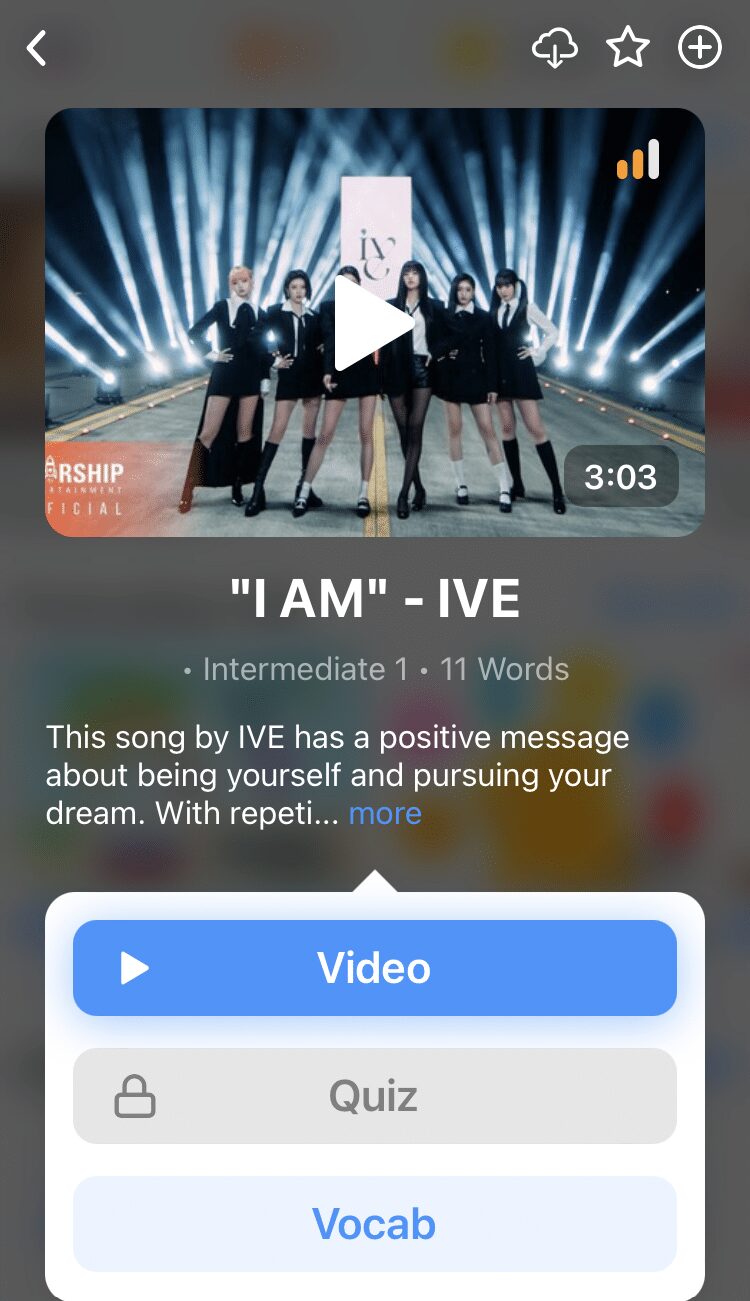
You can use FluentU’s unique Quiz Mode to learn the vocabulary and phrases from the video through fun questions.
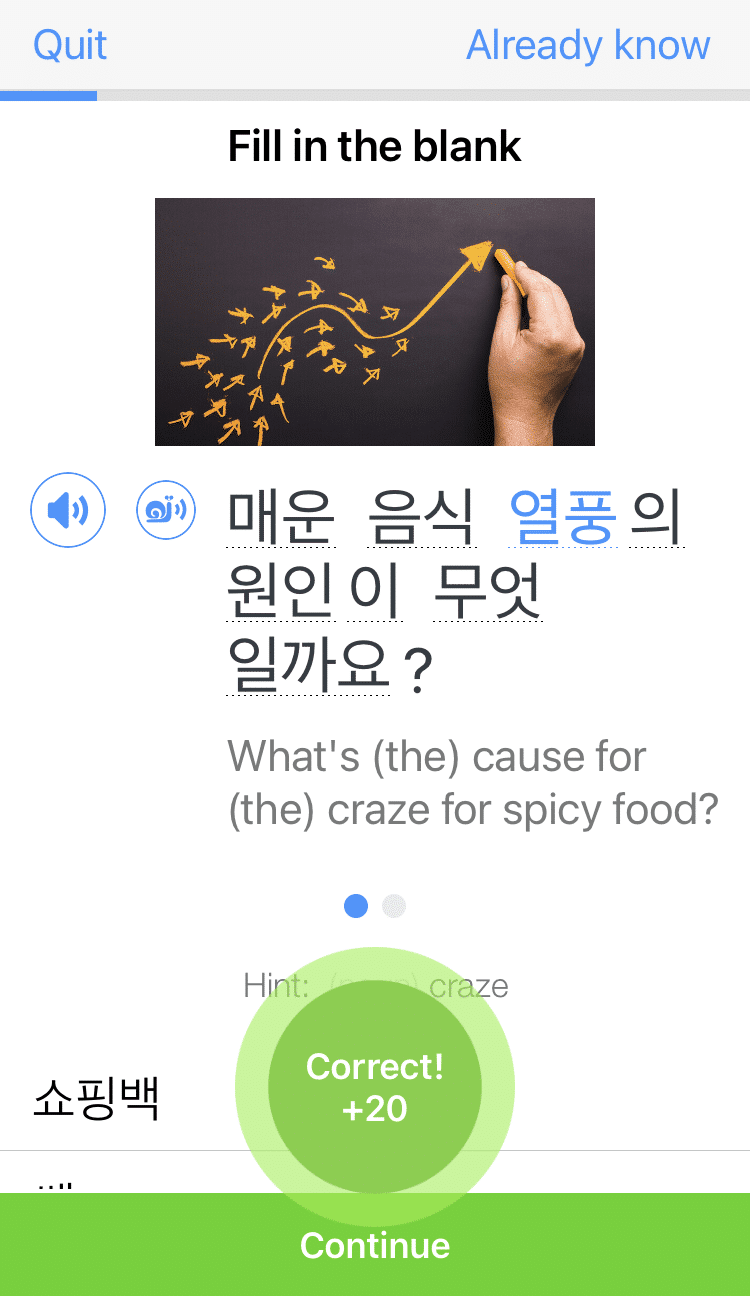
FluentU keeps track of what you're learning, and tells you exactly when it's time for review, giving you a 100% personalized experience.
Review sessions use video context to help embed the words in your memory.
Start using the FluentU website on your computer or tablet or, better yet, download the FluentU app from the iTunes or Google Play store. Click here to take advantage of our current sale! (Expires at the end of this month.)
